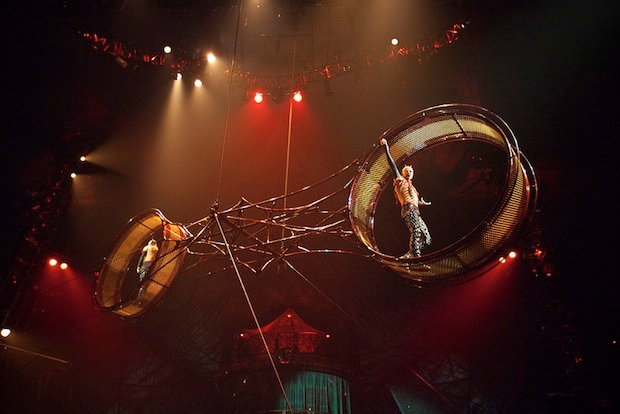I was watching the Cirque du Soleil’s Kooza at the Royal Albert Hall last week, thinking how much base, uncomplicated enjoyment can be had away from dance. Such relief to watch contortionists, trapezists, high-wire cyclists and crazed men skipping on the Wheel of Death, such relief just to be amazed. If they didn’t make my palms pour sweat with fear, my jaw drop with disbelief, I’d feel dreadfully let down.
I wonder what happened to being amazed in dance. I was talking with a friend last week about the lack of amazement offered by the bulk of ballerinas in current productions of the 19th-century warhorses Don Quixote (Royal Ballet) and Swan Lake (English National Ballet). You beg to be dazzled at the climaxes when Kitri and Odile smack into their 32 fouettés, like fireworks exploding. I feel less than excited by current Royal ballerinas, and the depleted ranks of Kitris have had to be reinforced with Russian-trained guest ballerinas from elsewhere; but at ENB I felt properly intoxicated when Tamara Rojo unleashed her renowned fouettés as the seductive, evil Odile.
This self-starting ballerina from Spain, who seems to have invented herself from nothing but her own remarkable will and comprehensive understanding of her art, remains so astonishing as she hits that climax, her leg so high and lethal, the foot so pointed as it swirls her around like a rotor.

Get Britain's best politics newsletters
Register to get The Spectator's insight and opinion straight to your inbox. You can then read two free articles each week.
Already a subscriber? Log in







Comments
Join the debate for just £1 a month
Be part of the conversation with other Spectator readers by getting your first three months for £3.
UNLOCK ACCESS Just £1 a monthAlready a subscriber? Log in